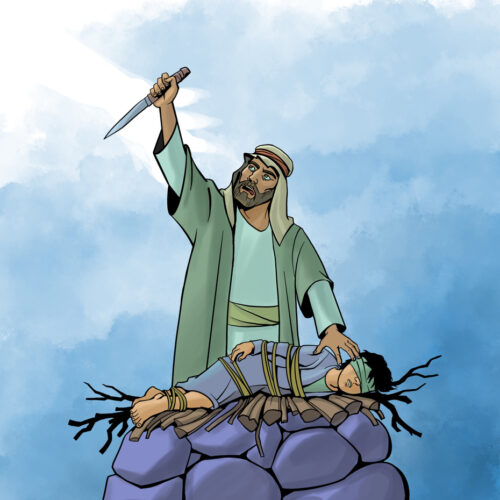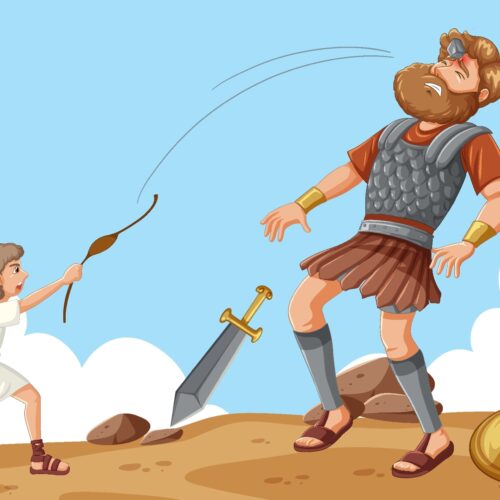When we read the Scriptures, we inevitably do so through certain paradigms. In other words, we read with “lenses” shaped by what we’ve been taught and conditioned to believe, and these lenses steer our understanding in a particular direction.
A paradigm is a collection of ideas, assumptions, norms, or traditions that are accepted without much questioning. Over time, they form a rigid framework of thought.
Was Abraham really about to sacrifice a little boy?

This is one of those cases. When we read about Abraham offering his son Yitsḥak (Isaac) in this week’s Parashah, most people picture a young child—maybe seven years old—being carried to the altar by his father. Under that assumption, the story feels like an attempted child sacrifice.
But when we examine the full context, we discover something very different. Isaac was not a small boy but a mature man—around 27 years old—who willingly submitted to the offering. He did not resist. In this light, he becomes a prophetic picture of the Messiah, who also carried the wood for His own sacrifice and willingly gave Himself up.
Was it really a boy who killed a giant?
 Another well-known example is the story of David and Goliath. We are much more emotionally captured by the picture of a small boy facing a massive warrior than by a young adult confronting him. And so, when we read the story, the image taught by children’s books and cartoons instantly comes to mind, often without being challenged.
Another well-known example is the story of David and Goliath. We are much more emotionally captured by the picture of a small boy facing a massive warrior than by a young adult confronting him. And so, when we read the story, the image taught by children’s books and cartoons instantly comes to mind, often without being challenged.
But here is the reality…
David was not a child. He was a young man, roughly the same height as King Saul—who, according to Scripture, was taller than everyone else around him. David tried on the king’s armor, and although he chose not to use it because he wasn’t trained for battle in it, the point remains: no one would attempt to place a grown man’s armor on a child. People were not that foolish.
And after striking Goliath down, David picked up the giant’s own sword and cut off his head. Could a small boy have wielded a weapon of that size and weight? Highly unlikely.
The Last Supper… in a Renaissance banquet hall?

A similar issue appears in the way we imagine Yeshua’s last supper with His disciples. Leonardo da Vinci’s 16th-century painting is world-famous, but it does not reflect the Hebrew culture or setting at all.
It looks like a posed group picture—everyone facing the same direction, seated at a long Western-style table. The disciples appear as older men, some nearly elderly. If that were accurate, they would have soon died after the resurrection, which would have been a poor plan for establishing a movement meant to change the world.
The food on the table doesn’t match the customs of the time, nor does the architecture of the room. And yet, when we read the Gospel accounts, that exact image often comes to our mind, overshadowing important details and stripping away the richness of its Hebrew roots.
So what happened?
Over time, many biblical scenes have been reshaped by culture, art, and tradition. Whether intentional or not, these reinterpretations removed Yeshua and His disciples from their Jewish context. This shift led to misunderstandings—not only of the historical and cultural background but also of prophetic meanings and symbolic patterns embedded in the text.
From such distortions, various doctrines emerged. Some became central to Christianity, yet they overlook the original context and purpose for which these narratives were given.
What should we do?
For all these reasons, we must be willing to set aside inherited traditions, cultural assumptions, and long-held misconceptions. Only then can we read Scripture with fresh eyes, rediscover what truly took place, and discern the proper meaning of these accounts—and how they speak into our lives today.